You know the kind of films that you love and admire so much you have to keep coming back to them again and again, and you love to do so, just in an attempt to recapture what you felt the first time? Well, ‘Requiem for a Dream’ is certainly NOT one of those films. It in fact sits on the opposite end of that spectrum. Years ago, as soon as I finished watching the hundred minute long film, I promised myself I would never return to it, such was its devastating impact on a younger me. But here I am. Now, several years later, I rewatched it for the sake of this explainer, and the impact is just the same. Devastated as I still am by the ending of the film from a fresh viewing, I don’t want to agonizingly go through the plot of the film. However, I will just take a brief minute to expand on the title of the film, something that indubitably first drew me towards the film, before jumping on to the traditional aspects of an explainer. Read on.
The Meaning of ‘Requiem’ for a Dream
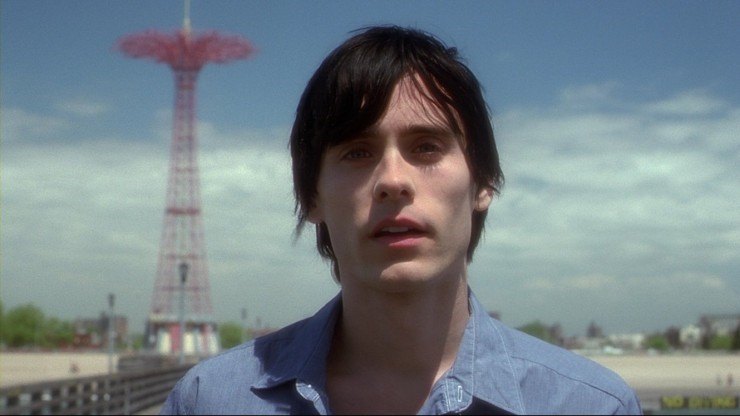
Beginning with dictionary definitions is rather traditional and foreboding, but I will go ahead and do it regardless. The word, apart from its catholic inclinations typically means remembrance, physical (tokens or totems) and non-physical (acts). Now that would fit perfectly with our quartet of main characters, since flawed as they are, they still have dreams. For Marion, it is to become a designer or to open a store of her own. For Harry and Tyrone, it would be to move up in the drug trade and improve their financial condition. Sara’s dream, perhaps the most short-sighted one of the four, is quite vocally described by her as being on a television show, and being seen and loved by millions, while reuniting with her son.
The four initially seem to be making good progress on their dreams, no matter the way, until their addictions force things to come crashing down. It is a price that they pay for their dreams, a short lived gratification that leads to all of them damaging their lives irreversibly in pursuit of that dream. A requiem for their dreams.
The Ending, Explained
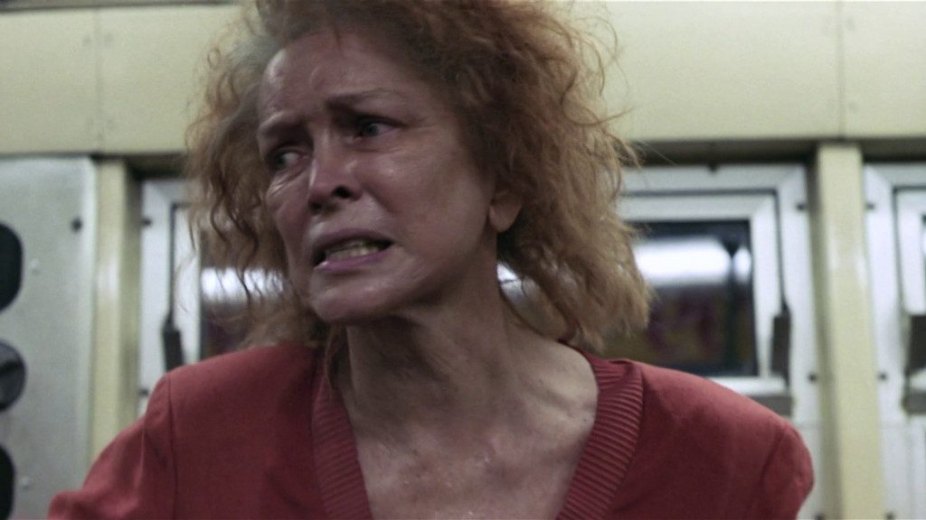
The literal ending of the film begins right after “Winter” begins in the film, the metaphorical end. The transition hits almost as a hammer, when Sara experiences a horrific hallucination at her home, and decides to run to the office of Malin and Block to ascertain why she hadn’t been called on the show yet. By this point, she is mostly seen in a demented state with her hair greying from the roots, and her behaviour as such at the agency lands her in a psychiatric facility, where after forced sessions of oral and nasal feeding, she is subjected to electroconvulsive therapy when the aforementioned fail, even while she signs on the agreement for it in a vegetated state.
While on the way to Miami to secure from the dealer himself with Tyrone, the condition of Harry’s infected arm worsens, even as he continues to plunge the needle in it. Tyrone later takes him to a hospital, where the doctor calls in on the police and turns them in on suspicion of addiction and upon examining Harry’s arm. Marion, on the other hand, continues prostituting herself for Big Tim, and is awarded even more drugs, the more she indulges in lewd activities, even taking part in a sex show.
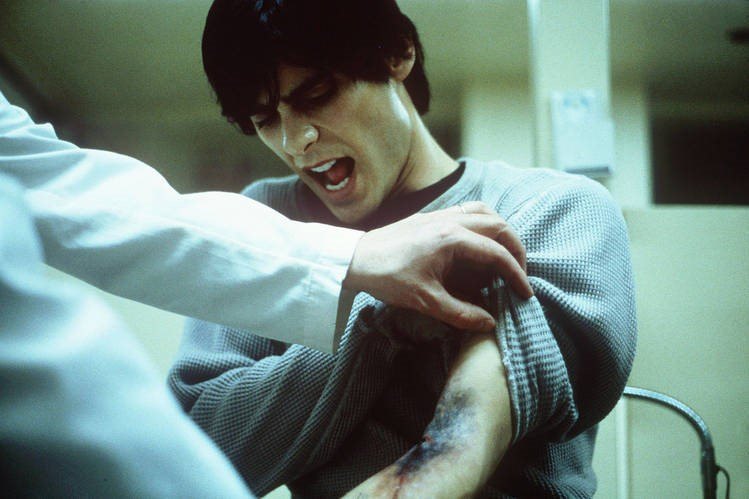
The fate of the quartet’s suffering is revealed in the comparatively relaxed bits following fifteen minutes of absolute nerve wracking frenzy before it. While Tyrone continues toiling at the prison, being racially abused and enduring serious withdrawals, Harry’s infected arm has to be amputated as his condition worsens at the prison. He is seen lamenting while crying uncontrollably on the hospital bed. Marion returns home from the show at Big Tim’s with a large score, and she lies down on the sofa, right next to several copies of her designs of garments that she used to make, a painful irony screaming in that scene. Finally, and most heartbreakingly, Sara is almost lobotomized as a result of ECT on her, and doesn’t seem to recognize her friends who come to visit her, later breaking down seeing her in that condition. The four characters are shown curling up on their beds like foetuses as the film draws to a tragic close.
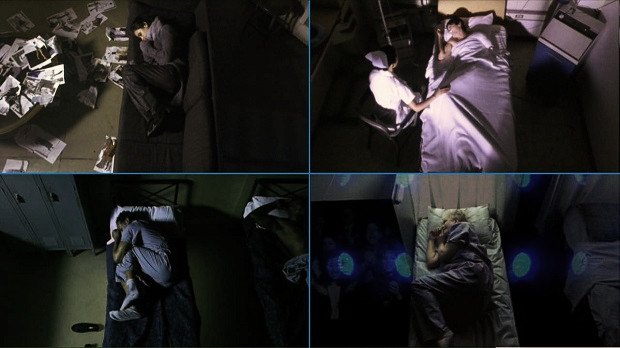
As part of the final act, the film has two surreal sequences, involving the mother son duo. In the first, right before Harry’s predicament with the amputated arm is revealed, he is shown in the same sequence of him on the Steeplechase Pier from earlier on in the film, approaching towards its end where Marion is supposed to be standing, but the yet unrevealed woman appears to have her back towards him. She vanishes just as Harry frantically approaches her calling out Marion’s name, and he is seen falling into a metaphorical abyss as he retreats; a visual representation of his elusive dream and its miserable end.
The second sequence is a sort of wish seeking fulfillment fantasy for Sara who, from the bed of her mental institution, dreams that she wins the grand prize on the show she always wanted to go to. She is wearing a red dress, and looks just as thin as she desired as she is reunited with a sober, reformed and successful Harry. The two embrace in a rather fittingly ironic end, as silent credits for the film roll. The silence is then intercut with sounds of seagulls and waves, implicating the scene of a beach, but the visuals are never presented. I like to call it the sound of “what could have been”. Little is left to the imagination.
Themes, Explained
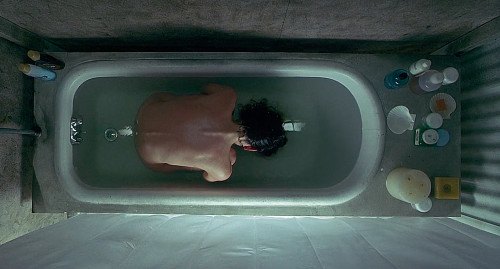
To simply term the film an “anti-drug” film that explores the dark world of addiction and substance abuse would be just undermining it. Again, I may be going out on a limb here, but I strongly believe it is all that and more. Rather deeply analysing the character arc of Ellen Burstyn’s Sara Goldfarb and the troubling conclusion to that should really prove what I am trying to say. Hers is the only character of the four in the film that isn’t addicted to heroin or any of the traditionally addictive drugs, if I am to term them that. Technically speaking, her addiction is to amphetamines from consuming slimming tablets that lead to a loss of appetite for her, resulting in hallucinations and harming her body in an irreversible manner, but it can be fruitfully argued that she didn’t know what she was addicted to, her body did.
Metaphorically speaking, Sara can be adequately termed addicted to the newfound attention and personality that become her attributes as she begins to lose weight, something that imbues her with a sense of self confidence that she had lost long ago, and popularity among her middle-aged friends, before quickly beginning to escalate into her will to live, to get out of bed, stemming from living her life alone in her old age and dejection from her son. That addiction, of course, takes a monstrous proportion as her hallucinations worsen, and her wait for the letter that never arrives increase her urge to take in more pills.
Through the singled out arc of Sara’ character, Aronofsky is really imploring the viewer to question the very basis of addiction: what is it and what causes it. For instance, everyone who consumes sugar on a daily basis is nearly addicted to it, something that can be seen when you carefully begin to withdraw yourself from it. But can it be termed a drug? Not necessarily. Sara’s drug is the red dress she wants to fit into, the reality show that she wants to attend. An unattainable dream, it’s what imparts her the energy at first, giving her a sense of purpose, and not until later begins to take over before completely destroying her. In that, addiction is not necessarily to a substance, suggestively so. This is all, of course, rather poeticized by me, even indulgent, but the film did steer me toward these thoughts.
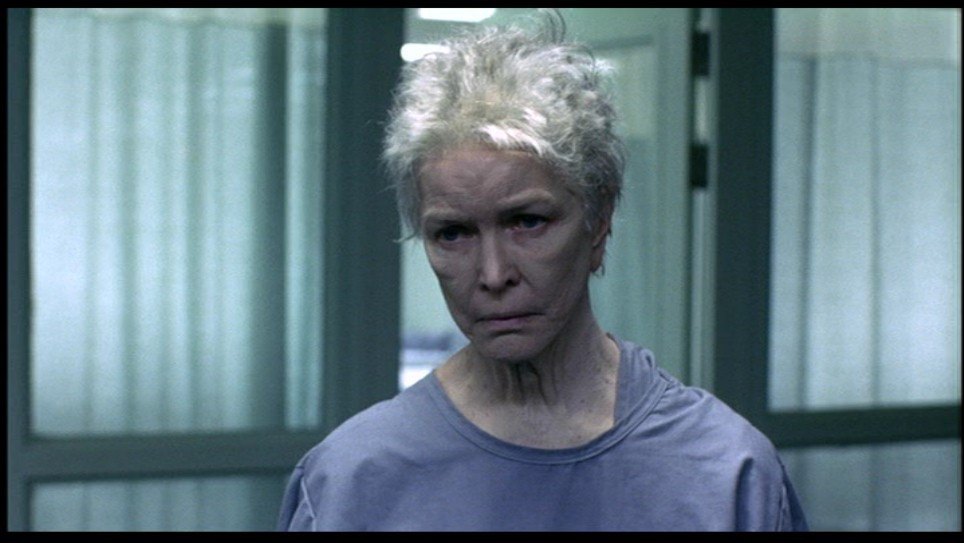
The film is routinely also put under the psychological tragedy genre, a title befitting to a majority of Aronofsky’s other works. While we will certainly see how ‘Requiem’ holds up when it comes to the former genre of film, carefully reflecting on the psyche of each character, the latter of the two melded genres should be no question at all. It is a tragic film, no doubt about it, one that works regardless of you being able to relate to the characters of the film or not, or even liking or caring about them, something I believe comes in rather shorthanded since roughly 60% of its 100 minute runtime is when the drugs and its adverse impacts have already kicked in and taken over the lives of our four protagonists. Aronofsky establishes that through visuals, unforgiving and uncompromised, like driving a screw with a message on it inside your head.
Subtlety is completely out the window, especially in the final thirty minutes or so. I believe it is especially impossible to not flinch seeing anyone going through what these four characters, especially Harry and Sara endure before meeting their sad fates at the end of the film. That, indeed, is the power of visuals, however explicit or disturbing. It doesn’t matter if you care for the characters or not, the message, if one other than tragedy, goes home with you.
Stylistic Choices
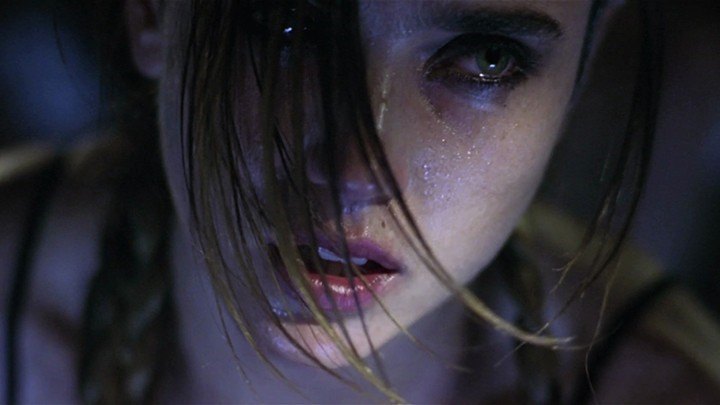
I would not be wrong in terming that roughly half of this film’s triumph is its technical hullabaloo. I deliberately restrained myself from using the word finesse to go with “technical”, since you would agree that it isn’t fine, and isn’t intended to be. Something like ‘The Grand Budapest Hotel’ is technically “fine”: lush and lavish in its movements. ‘Requiem for a Dream’ is messy, hurried, claustrophobic and uncomfortably shot, remarkably bereft of virtually any single wide angle shot: things you would wonder what exactly the trademarks of a film on the ill effects of drugs and more should be, and mind you, watching the film puts that thought in your head, another testament to the fact that it works.
Even if you watch the film without a keen eye, you will notice a plethora of camera techniques being tested and brought to fruition, including but not limited to time lapses, extreme close-ups, the split screen for the more personal interactions, the fish eye lens to invoke a sense of claustrophobia, and the Snorricam strapped camera to add urgency to certain scenes, being just a few of them.
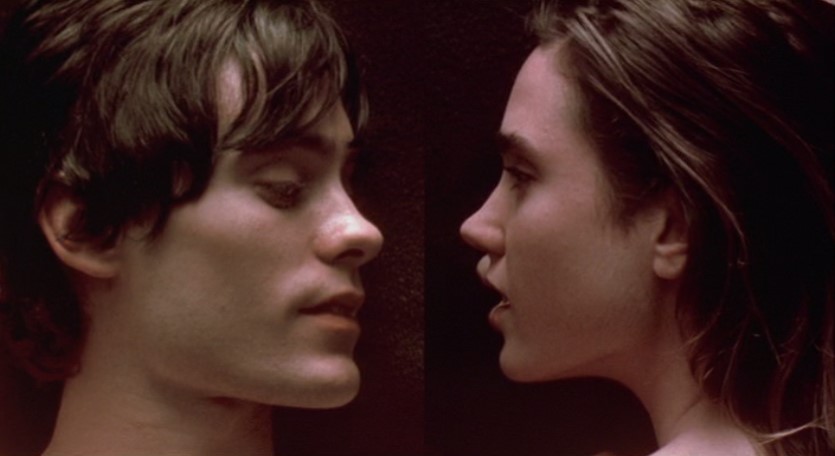
I would also not be wrong in guessing that the people having the hardest time in the making of an Aronofsky film would be the editors, and the sheer number of shots this film has clearly proves that. According to sources, as opposed to the standard range of 600-700 shots for a regular 100 minute film, ‘Requiem’ has close to 2000 shots, quickly intercut as montages in the sequences wherein the characters indulge in ingesting those drugs, either by snorting or intravenously, swiftly shifting from their state of sobriety to an induced short lived euphoria. This technique is often termed hip hop montage (you can see how it gets its name) and is effectively used to stylistically portray its characters under influence.
During the end, especially, the scenes end up being rapidly cut almost every second to merge the predicament of the four primary characters; some of the sounds overlap too. All of this plays to the blaring sound of Clint Mansell and the Kronos Quartet’s beautifully haunting theme, one of my personal favourite film scores of all time, amped up in intensity and beats compared to the beginning of the film, reflecting the urgency of those sequences. I have to admit that I had my throat in my mouth and a hand haphazardly over my eyes while watching the final 15 minutes of the film. They are that horrifying.
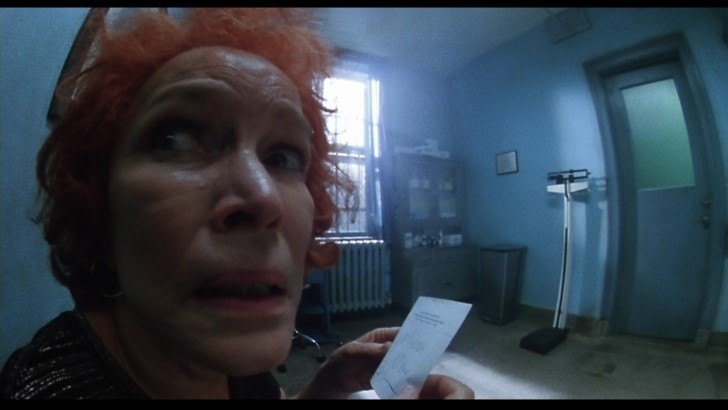
That being said, whatever the stylistic choices Aronofsky makes, it is fairly obvious that his intended impact was increased personalization and alienation in an attempt to draw us to the suffering of the character personally, allowing us a better look at the his/her state of mind. In a lot of sequences, even POV camera is effectively utilized to make us see everything that the character sees. The personalization leads you to realize the despair of a character reeling from addiction, sometimes even attempting to put you in their shoes.
Decoding the Enigma Behind Aronofsky
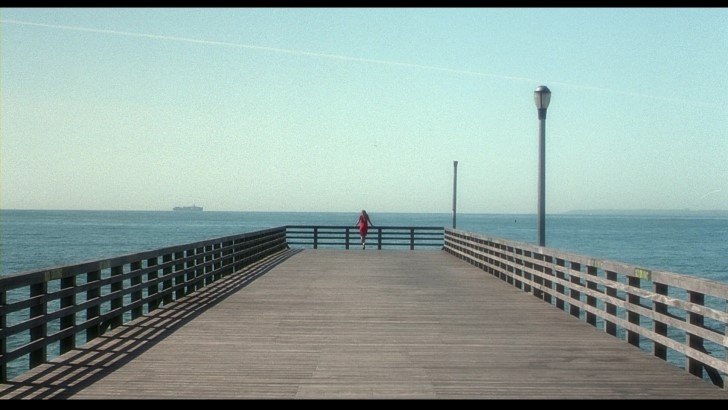
I strongly consider that the deal with Darren Aronofsky’s cinema is that you either love it, or you hate it. I have never, ever seen somebody who felt just an ‘eh’ after watching one of his films, or holding middle ground with respect to what they thought about it. They either analyse it deeply or completely dismiss it as baloney. Personally, and thankfully too, I find myself at the former end of it: I for one absolutely love what the man does, be it ‘Pi’, this film, The Fountain, and especially ‘Black Swan’, his best film yet in my opinion, closely followed by ‘Requiem for a Dream’. Even in his lesser loved features including ‘Noah’ and ‘Mother’, it is hard to miss the level of craft and visible work in every single frame that he imbues the entire film with.
At this conjuncture, it’s rather easy to point out what makes Aronofsky so divisive. Even his naysayers agree that his stylistic choices are something they can appreciate even in his worst films; but a certain common complaint is that there is often too much of it supporting a rather thin plot. To add to that, absolutely none of his works seemingly find a definition in a single genre, and all of them feature certain fantastic, surreal elements, apart from the rare distinction of being emotionally draining and devastating, ‘Black Swan’ and ‘Requiem’ being the absolute perfect examples. In that, there is no denying that even for an appreciator, his films are too much work, for the eyes, the mind and the ears. Plus, their rewatch value is almost zilch, lest I want to cast a gloomy shadow over my day.
Aronofsky’s best works, both ‘Requiem’ and ‘Black Swan’ may be seminally enriched psychological studies at their very best, but boy are they darker than a moonless night. With all that being said, I have no qualms in calling him the singularly most divisive director of modern times, and I’d say he has rather earned the infamy and the title. While there are going to be fans like me defending his vision at certain junctures, even taking the criticism at some point as with ‘Mother’, say, it is almost warranted that the man and his divisive work would draw a dismissive, often hateful audience as well.
Final Word
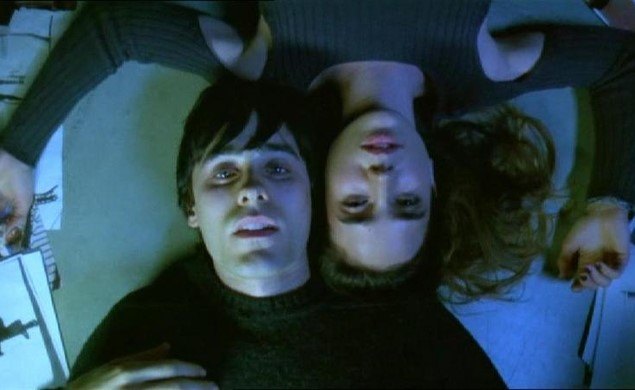
‘Requiem for a Dream’ is perhaps Aronofsky’s least divisive work, a definitive one amongst his early years, winning a majority of his audience and even naysayers in showing an ugly truth with the least amount of subtlety imaginable. It is dark, unforgiving and also unforgettable in a sense, all by means of how harrowing it is as an experience. While the message against substance abuse is loud and clear and is heard miles beyond the village, ‘Requiem for a Dream’, for a majority of its runtime, is tough to sit through, by sheer virtue of its visuals and relentless intensity of tragedy, especially in the final bits. Yet still, I will recommend this film the first chance, as I have been since as long as when I first watched it. Regardless of whether you end up loving, hating or being absolutely repelled by it, you have to watch it to form that opinion, and I suggest that you do it straight away if you haven’t already.
Read More in Explainers: Unbreakable | Mother | Se7en

